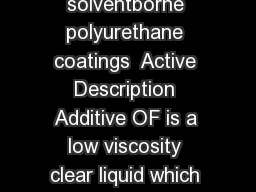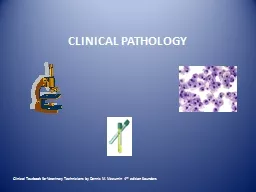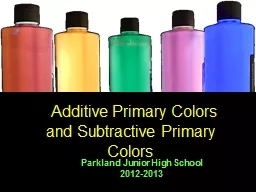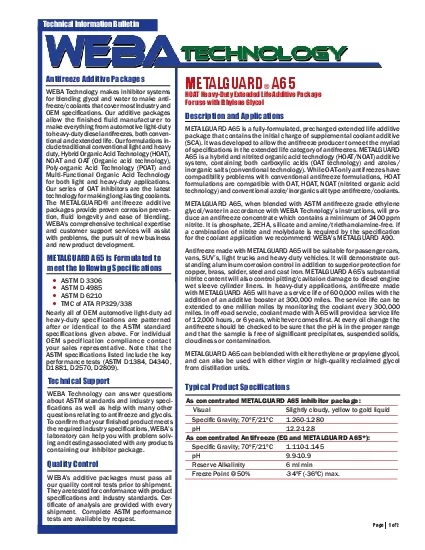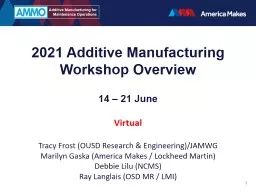PPT-Additive solutions for RBC storage:
Author : kittie-lecroy | Published Date : 2019-11-19
Additive solutions for RBC storage AS1 AS3 AS5 amp AS7 Stephanie N David MD 81915 Outline History amp introduction of additive solutions Comparing additive solutions
Presentation Embed Code
Download Presentation
Download Presentation The PPT/PDF document "Additive solutions for RBC storage:" is the property of its rightful owner. Permission is granted to download and print the materials on this website for personal, non-commercial use only, and to display it on your personal computer provided you do not modify the materials and that you retain all copyright notices contained in the materials. By downloading content from our website, you accept the terms of this agreement.
Additive solutions for RBC storage:: Transcript
Download Rules Of Document
"Additive solutions for RBC storage:"The content belongs to its owner. You may download and print it for personal use, without modification, and keep all copyright notices. By downloading, you agree to these terms.
Related Documents


